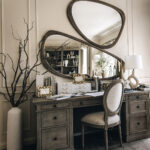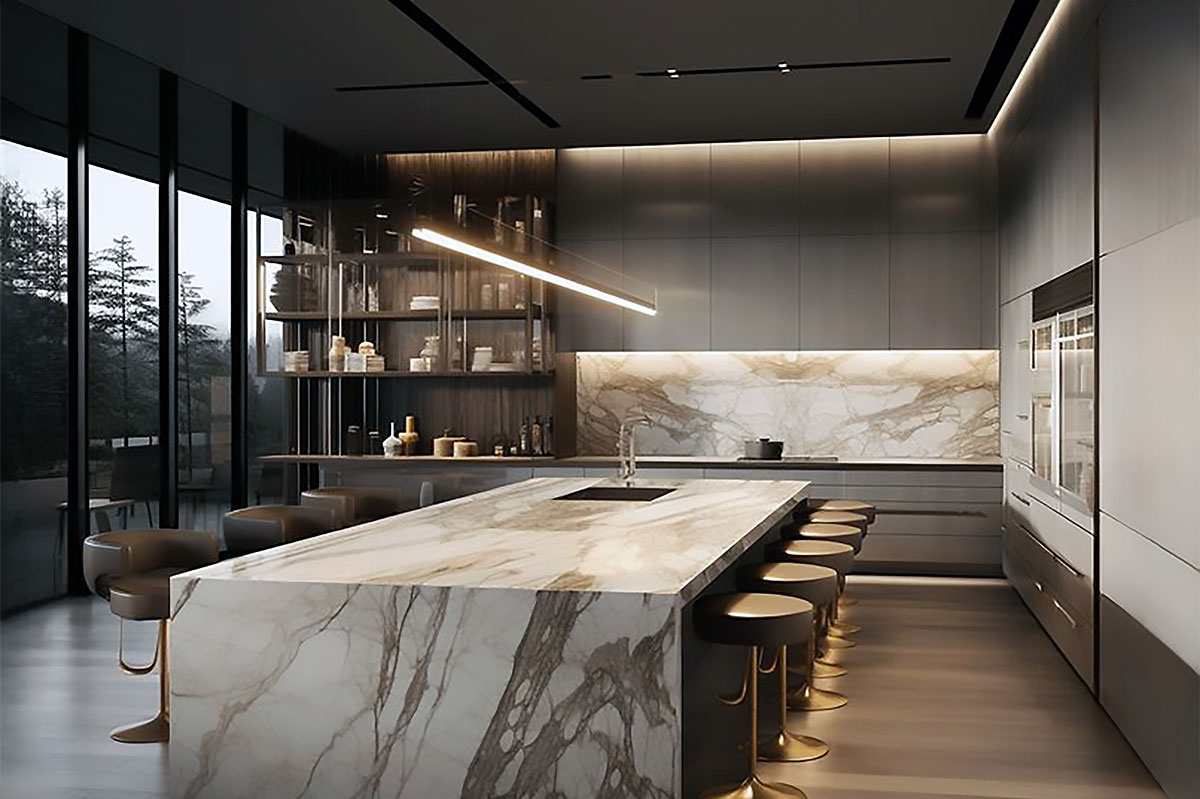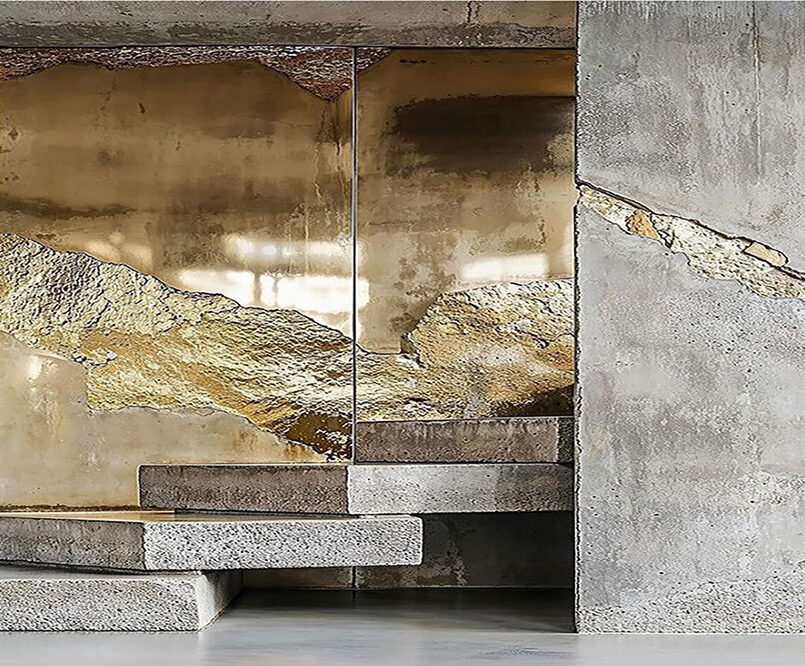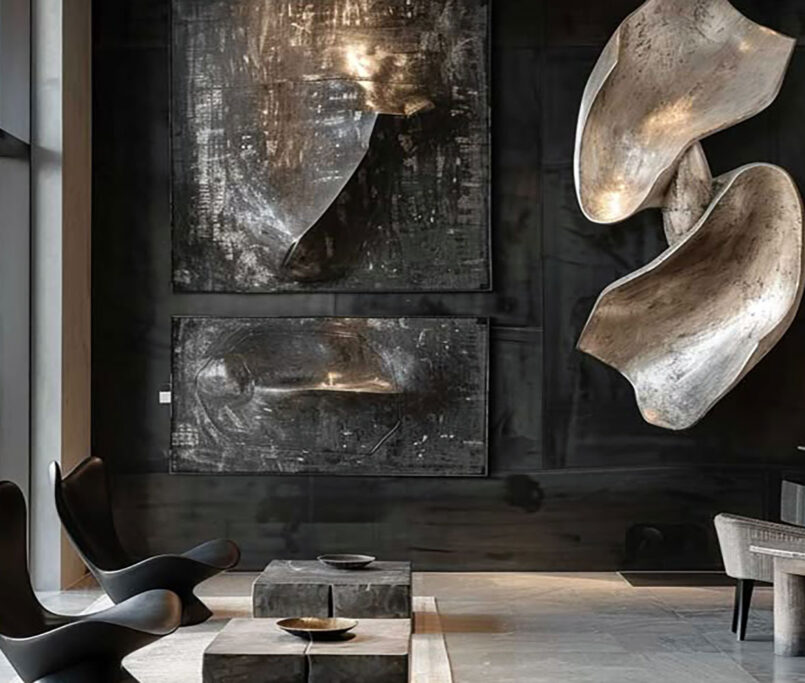How to Layer Light Like a Designer
Lighting is one of the most powerful and often overlooked tools in interior design. The right lighting doesn’t just help you see better; it shapes mood, highlights architecture, and brings your interiors to life. Whether you’re designing a brand-new space or refreshing an existing one, understanding how to layer lighting can completely transform how a room feels and functions.
What Is Layered Lighting?
Layered lighting is the thoughtful combination of three essential types of lighting:
- Ambient lighting The main source of overall illumination in a room.
- Task lighting Focused light for specific activities like reading, cooking, or working.
- Accent lighting Decorative or directional light that highlights features or adds drama.
When these three layers work together, they create a space that is not only well-lit, but also warm, balanced, and inviting.
1. Start with Ambient Lighting
This is your base layer the foundation of your lighting plan. Think ceiling pendants, recessed down-lights, or wall-mounted fixtures that provide general brightness.
Soft, evenly distributed ambient lighting sets the overall tone of a room and ensures it feels open and comfortable.
Tip: Use dimmers where possible to adjust light levels based on the time of day or the mood you want to create.
2. Add Task Lighting Where Needed
Task lighting is all about functionality. It brings focus to areas where specific activities take place such as above the kitchen bench top, next to a vanity mirror, or over a desk.
Without proper task lighting, even the most beautiful space can feel impractical.
Tip: In kitchens, under-cabinet strip lighting is a sleek, modern solution that also adds a touch of drama to your design.
3. Don’t Forget Accent Lighting
This is where the magic happens. Accent lighting adds depth and personality by drawing attention to architectural details, artwork, or texture in materials like stone or timber.
It’s also a great way to create visual interest in the evening, when natural light fades.
Tip: Use wall sconces, LED strips, or directional spotlights to guide the eye and create contrast.
Bonus Layer: Natural Light
While not artificial, natural light is an essential part of any lighting strategy. Maximising windows, skylights, or even reflective surfaces can dramatically change the energy of a room during the day.
Final Thoughts
A beautifully designed space deserves lighting that enhances every detail. When planned thoughtfully, layered lighting brings both function and emotion to your interiors allowing you to change the atmosphere with the flick of a switch.
At our studio, lighting is never an afterthought. We integrate lighting design into the early stages of every project to ensure that your spaces feel just as good as they look.












